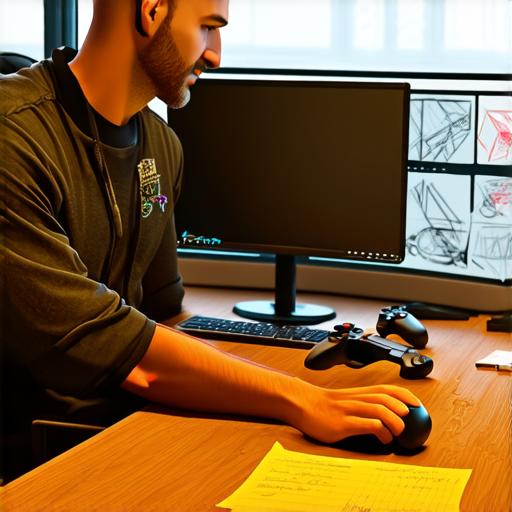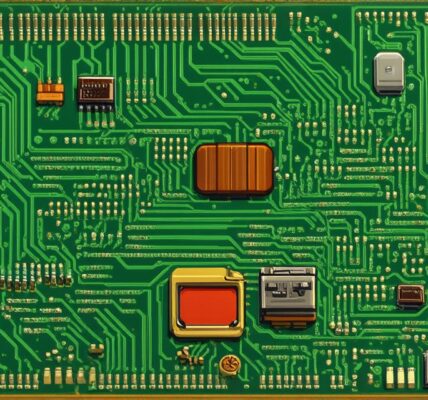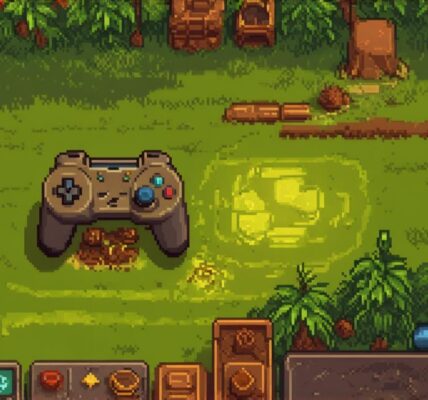Step 1: Define Your Game Concept
Before you start designing your game, you need to have a clear understanding of what it is about. Define your game concept by answering these questions:
- What genre does your game belong to? (e.g., adventure, puzzle, sports)
- Who is your target audience?
- What are the unique features of your game?
- What is the overall objective of your game?
Answering these questions will help you create a solid foundation for your game concept. It will also ensure that you stay on track and avoid wasting time on ideas that may not resonate with your target audience.
Step 2: Create a Prototype
Once you have defined your game concept, it’s time to create a prototype. A prototype is a basic version of your game that allows you to test and iterate. It can be as simple as a PowerPoint presentation or as complex as a full-blown game engine with graphics and sound effects.

Creating a prototype will help you identify any potential problems early in the development process. For example, if your game is not engaging enough for players, you can tweak your concept or design to make it more fun. If your game mechanics are too complicated, you can simplify them to make them easier to understand and play.
Step 3: Choose Your Game Development Tools
There are many tools available for creating video games, ranging from simple text editors to powerful game engines like Unity or Unreal Engine. When choosing your game development tools, consider the following factors:
- Ease of use: Some game development tools may require advanced programming skills, while others are beginner-friendly and require little to no coding knowledge.
- Cost: Most game development tools have a free version with limited features, as well as paid versions with more advanced capabilities. Consider your budget when deciding which tool to choose.
- Community support: Some game development tools have a large community of developers who contribute to the software’s development and provide resources such as tutorials and forums. This can be helpful if you need assistance during the development process.
Step 4: Design Your Game Assets
Game assets are the visual and audio elements that make up your game, including characters, backgrounds, sound effects, and music. When designing your game assets, consider the following tips:
- Keep it simple: Stick to a limited color palette and avoid overly complex designs. This will help your game run smoothly on lower-end hardware and make it easier for players to understand what’s happening in the game.
- Be consistent: Use the same art style and design elements throughout your game to create a cohesive look and feel.
- Optimize for performance: Make sure your game assets are optimized for performance, especially if you plan to release your game on mobile devices or other low-end hardware.
Step 5: Write Your Game Code
When it comes to writing the code for your game, there are two main options: using a game engine like Unity or Unreal Engine or writing your own game from scratch. If you choose to write your own game from scratch, you’ll need to have more advanced programming skills and knowledge of game development concepts like physics engines, graphics rendering, and user input handling.
If you decide to use a game engine, you can still customize the code to fit your specific needs. Most game engines provide documentation and sample projects that can help you get started.
Step 6: Playtest Your Game
Playtesting is an essential part of the game development process. It allows you to test your game with real players and gather feedback on what’s working well and what needs improvement. You can playtest your game in person, using game engines that allow for online playtesting or by hosting playtesting sessions on social media platforms like Twitter or Reddit.
Step 7: Publish Your Game
When you’re ready to publish your game, there are several options available, including releasing it on app stores like Apple App Store and Google Play Store or selling it on gaming platforms like Steam or Itchio. When deciding which platform to use, consider the following factors:
- Audience reach: Some platforms have a larger user base than others, meaning your game will be seen by more people if you choose to release it on those platforms.
- Revenue sharing: Different platforms take different percentages of revenue from sales and subscriptions. Consider which platform offers the best deal for your game.
- Community support: Some platforms have a larger community of developers who can provide resources and support, which can be helpful if you need assistance during the publishing process.
Conclusion
Creating a video game can be a rewarding and exciting experience. With the right knowledge and tools, anyone can turn their idea into a fun and engaging game. By following these steps and being persistent, you can create a game that will captivate your audience and bring joy to players around the world.




